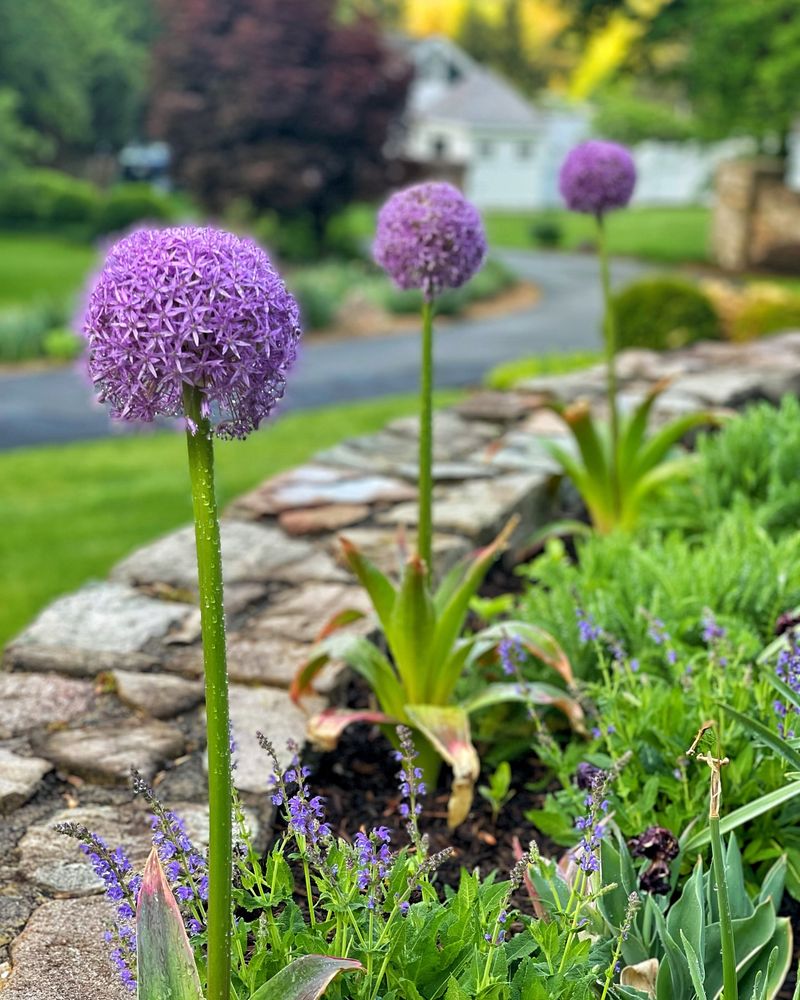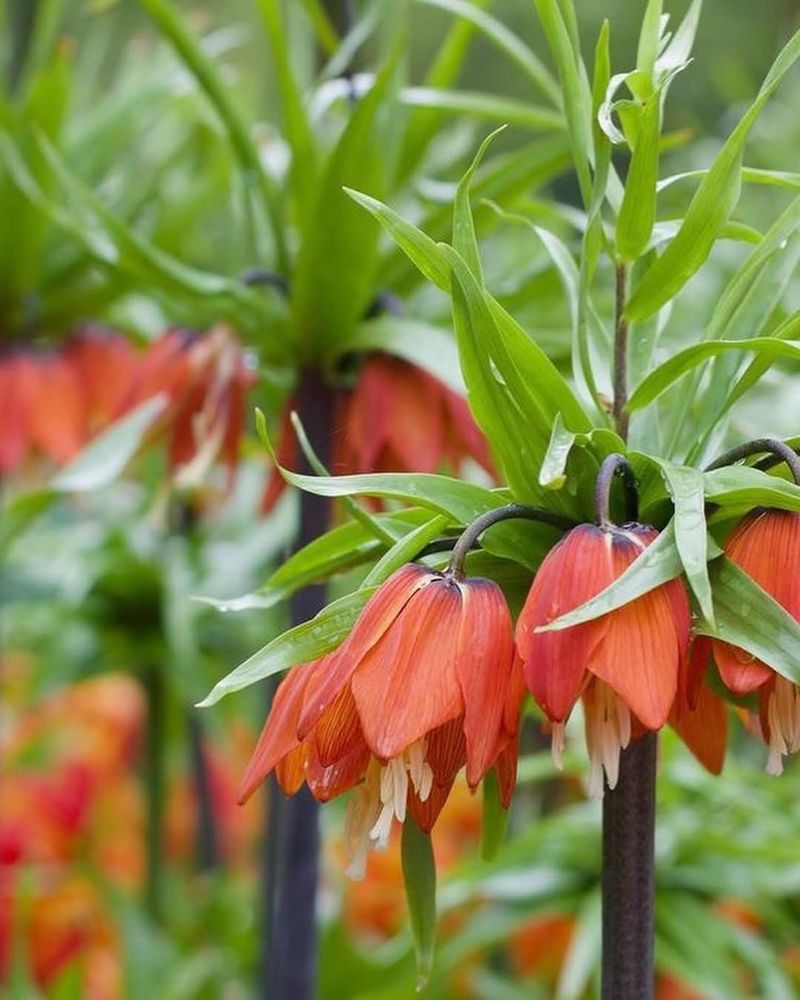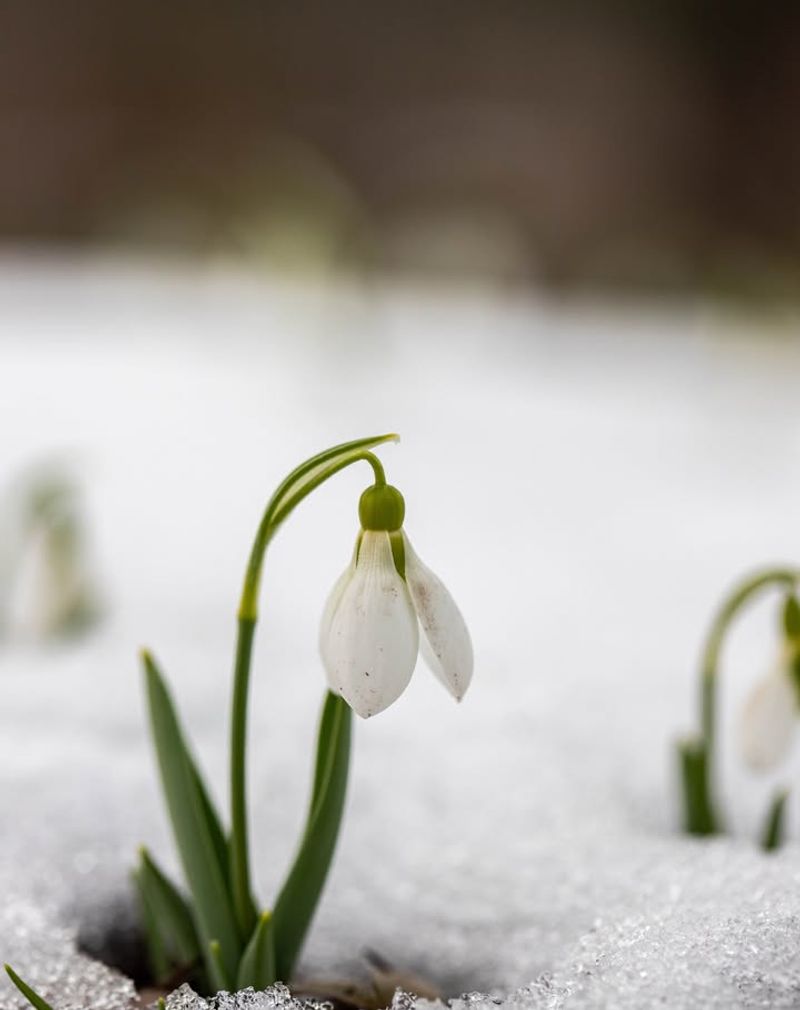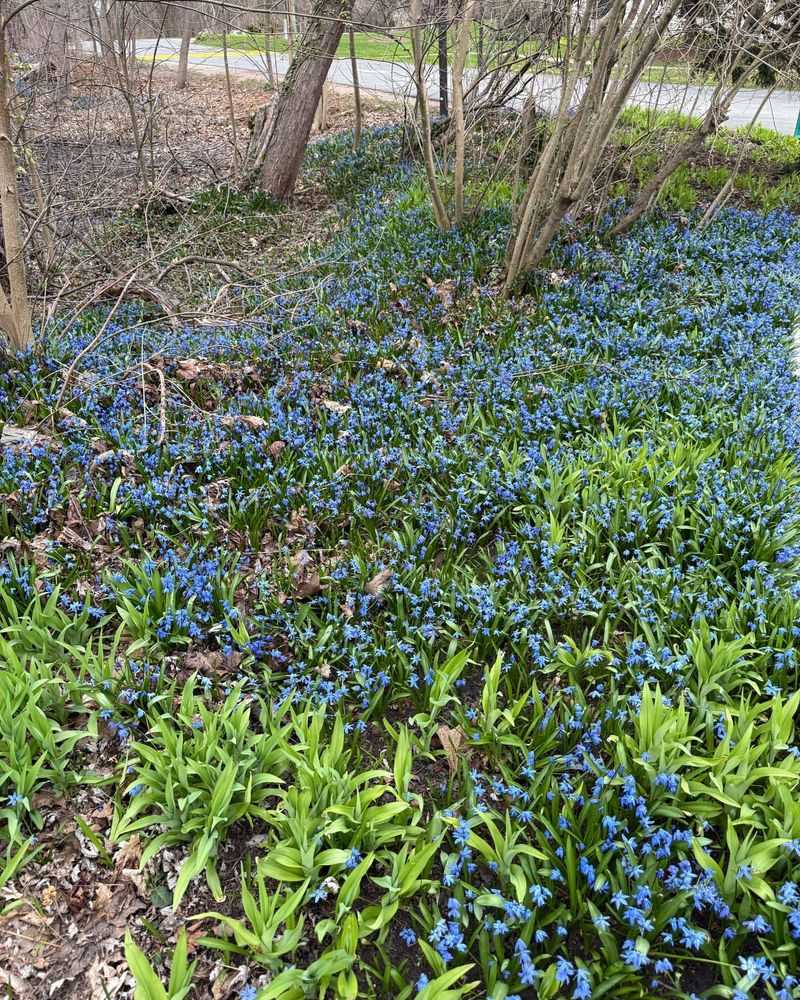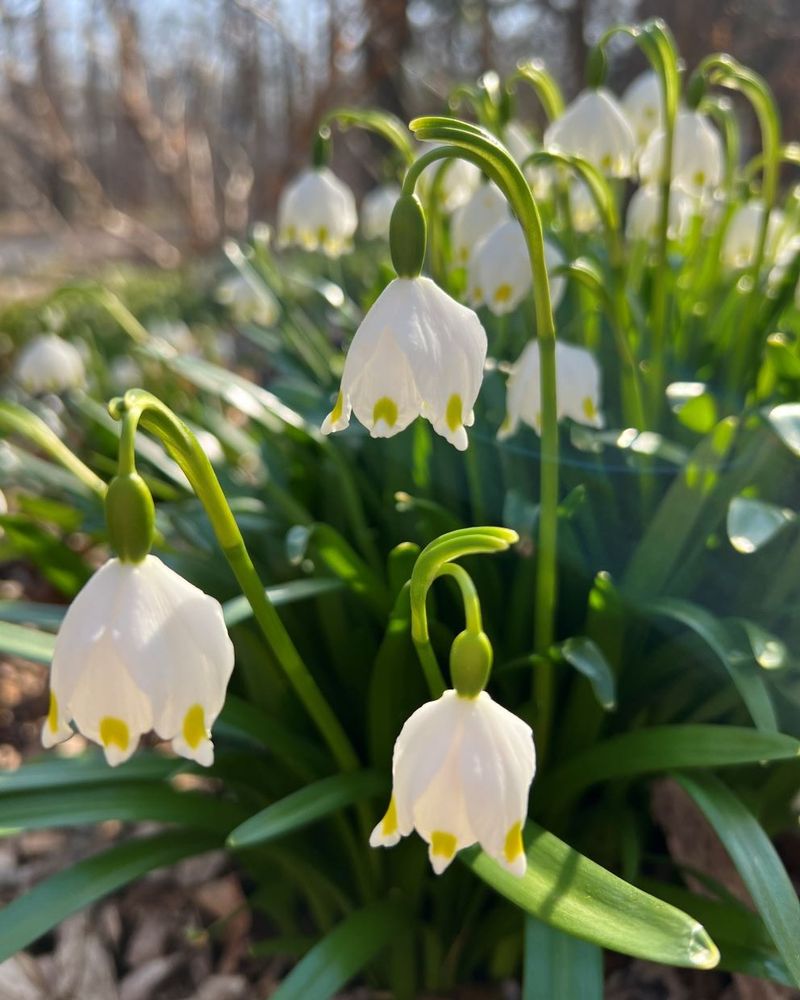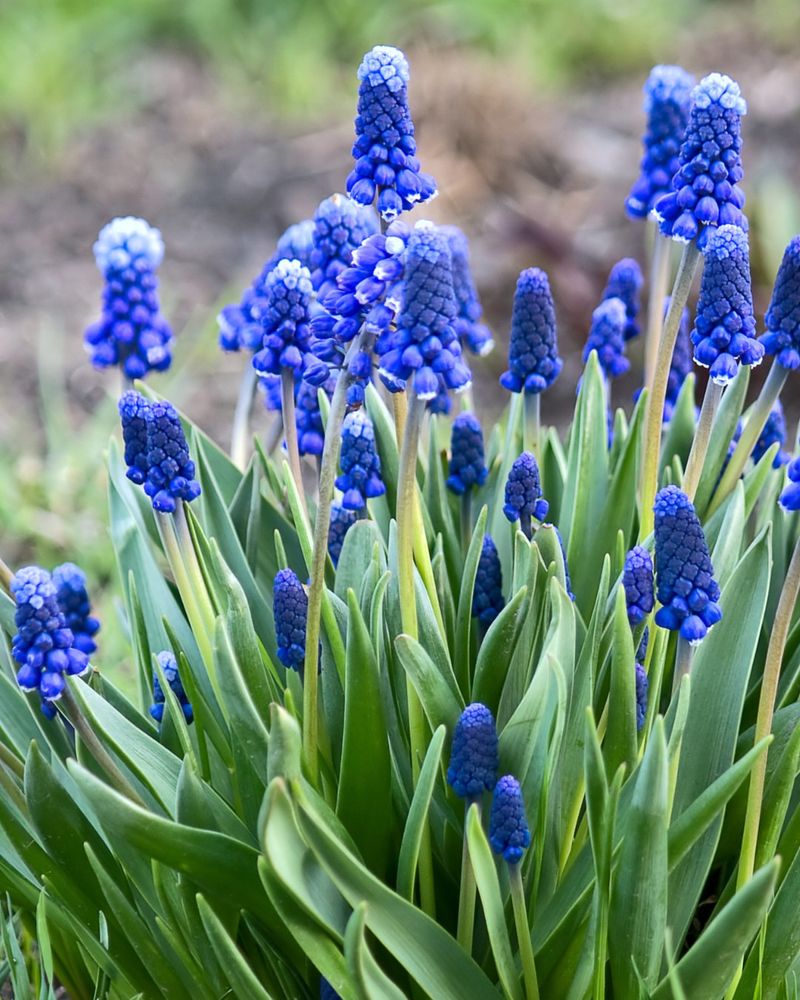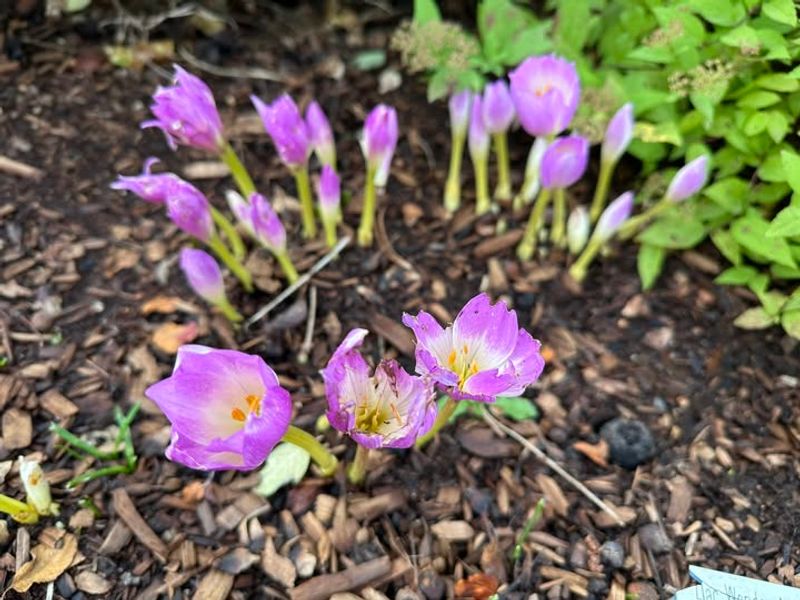Gophers, squirrels, and voles can turn your beautiful California garden into their personal buffet if you’re not careful. These hungry critters love munching on tender bulbs, leaving gardeners frustrated and flower beds empty.
Luckily, some bulbs taste terrible to rodents or contain compounds that keep them away, letting you enjoy gorgeous blooms without the worry of underground thieves stealing your investment.
1. Daffodils
Cheerful daffodils contain toxic alkaloids that make rodents turn up their noses and scurry away. Plant these sunny bloomers throughout California gardens in fall for early spring color that pests won’t touch.
They multiply readily over years, creating larger displays without extra effort. The poisonous compounds exist in every part of the plant, from bulb to bloom, offering complete protection.
Choose varieties like ‘King Alfred’ or ‘Tete-a-Tete’ for reliable performance in mild winter climates.
2. Alliums
With their strong onion-family scent, alliums naturally repel hungry rodents who find the smell overwhelming and unpleasant. These architectural beauties send up dramatic spheres of purple, white, or pink flowers on sturdy stalks.
California gardeners appreciate their drought tolerance once established, making them ideal for water-wise landscapes. Plant bulbs in autumn for late spring blooms that tower above other perennials.
Pair them with roses or ornamental grasses for stunning combinations that rodents will avoid completely.
3. Fritillaria
These unusual bulbs emit a musky, fox-like odor that sends rodents running in the opposite direction. Crown imperial fritillarias display hanging bell-shaped flowers topped with spiky green leaves, creating conversation-worthy focal points.
California’s Mediterranean climate suits them perfectly, especially in northern regions with cooler winters. The skunky scent humans barely notice acts as a powerful deterrent underground.
Plant them near vulnerable bulbs to create protective barriers against persistent gophers and ground squirrels.
4. Snowdrops
Tiny but mighty, snowdrops pack toxic compounds called alkaloids that rodents instinctively avoid after one experimental nibble. Their nodding white bells appear in late winter, often pushing through mulch when little else blooms.
These charming bulbs naturalize beautifully under deciduous trees throughout California’s cooler zones. They prefer some shade and consistent moisture during their growing season.
Plant drifts of snowdrops for carpets of white that signal spring’s arrival without attracting unwanted underground visitors.
5. Scilla
Squirrels and gophers leave scilla bulbs completely alone, allowing these electric blue beauties to spread freely across California gardens. Their star-shaped flowers emerge on short stems in early spring, creating rivers of color under shrubs and trees.
Extremely low-maintenance, they tolerate the state’s dry summers once dormant and return reliably each year. Siberian squill and Spanish bluebell varieties both resist rodent damage effectively.
Plant them densely for maximum impact and watch colonies expand naturally over time.
6. Hyacinths
Intensely fragrant hyacinths contain calcium oxalate crystals that irritate rodent mouths, teaching them quickly to avoid these perfumed beauties. Their dense flower spikes fill California gardens with heady scents in early spring.
Available in pink, purple, white, and blue, they work wonderfully in containers or border plantings. The same compounds that protect them can irritate human skin, so wear gloves when handling bulbs.
Plant them near patios where their incredible fragrance can be fully appreciated without rodent interference.
7. Leucojum
Often called summer snowflakes despite blooming in spring, leucojum bulbs remain untouched by California’s persistent rodent population. Their graceful white bells with green-tipped petals dangle from slender stems, adding cottage-garden charm.
These tough bulbs handle the state’s variable rainfall patterns better than many spring bloomers. They prefer partial shade and look especially lovely planted near water features or in woodland settings.
Once established, they multiply steadily, creating larger clumps that return faithfully each year without rodent damage.
8. Muscari
Grape hyacinths might look like candy to humans, but their bitter compounds make rodents pass them by entirely. These compact bulbs produce dense spikes of tiny blue, purple, or white flowers that resemble miniature grape clusters.
Perfect for edging pathways or filling gaps between larger plants in California landscapes, they naturalize enthusiastically. Their low water needs once established make them ideal for sustainable gardens.
Plant hundreds for a sea of color that requires virtually no maintenance and zero rodent protection measures.
9. Narcissus
Closely related to daffodils, all narcissus varieties share the same rodent-repelling toxins that keep bulbs safe underground. Paperwhites and jonquils thrive especially well in California’s mild climate, blooming reliably without chilling requirements.
Their sweet fragrance attracts pollinators while their alkaloid content repels hungry pests completely. Plant them in fall for winter and early spring flowers that brighten the garden when color is scarce.
Mix different varieties for extended bloom times and layered fragrance throughout the season.
10. Colchicum
Sometimes called autumn crocus, colchicum bulbs contain powerful alkaloids that make them completely unpalatable to every rodent species. Their surprise fall blooms appear on naked stems before leaves emerge, creating magical moments in California gardens.
Plant them in late summer for September and October flowers that provide unexpected color when most bulbs are dormant. The entire plant is highly toxic, ensuring rodents never develop a taste for them.
Position them where their leafless flowers can emerge through low groundcovers for best effect.



